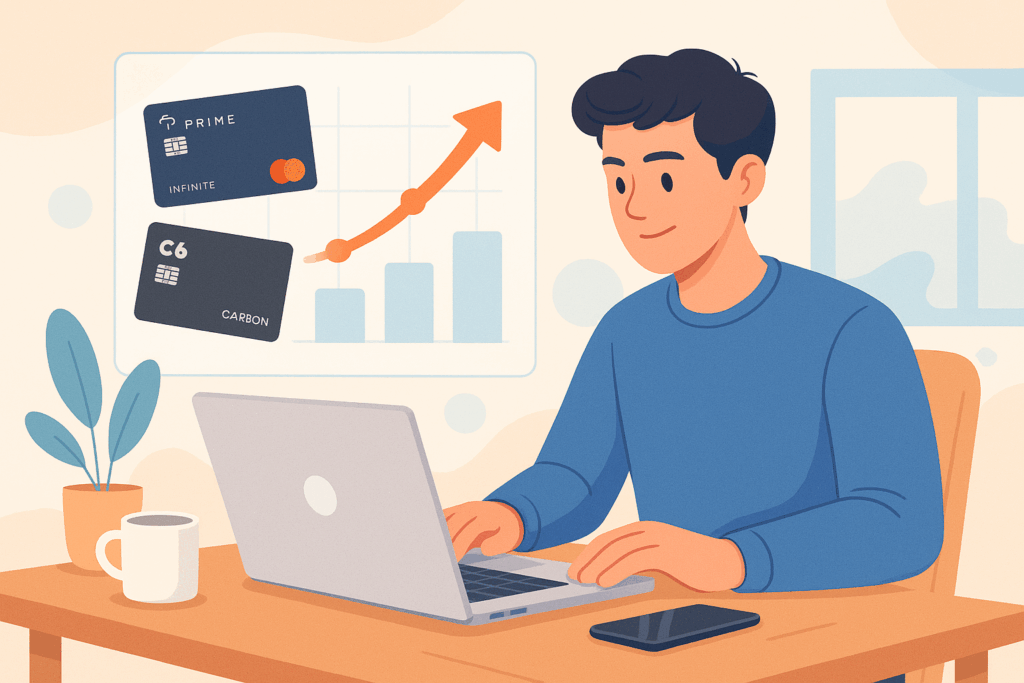Flexible payment options are reshaping the way people manage their spending. Among the most popular alternatives, Buy Now, Pay Later (BNPL) services have emerged as a compelling choice, especially for younger consumers seeking convenience and transparency. Unlike traditional credit cards, these platforms offer fixed installment plans with little to no interest—an appealing feature for shoppers wary of revolving debt.
In this article, we’ll dive into the appeal of BNPL, its growing presence in global markets, and what it means for your financial habits. As digital finance evolves, the goal here is to help you understand how BNPL models differ from conventional credit tools and why they’re gaining so much traction. We’ll cover key benefits, compare common options, and offer insights to help you decide whether it’s a fit for your financial strategy.
The shift in spending habits

The convenience of paying in installments has existed for decades, but digital platforms have made it more accessible than ever. With just a few clicks, users can split a purchase into equal payments without interest, and without going through lengthy credit approval processes. This frictionless experience is one of the reasons BNPL services have exploded in popularity in recent years.
According to a 2024 report by Global Payments Insights, nearly 60% of Gen Z and Millennial shoppers in the U.S. and Europe have used a BNPL service at least once. Retailers are also responding—major brands from electronics to fashion now include these options at checkout. The rise of mobile shopping apps has only accelerated the adoption, making installment-based payments part of everyday consumption.
Why transparency matters to modern consumers
One of the standout features of BNPL platforms is the clarity they provide. Unlike credit cards that can accrue high interest if balances aren’t paid in full, BNPL plans often come with no interest charges—as long as users meet the scheduled payments. For budget-conscious consumers, this transparency is a game-changer.
Take Klarna and Afterpay, two of the biggest players in the industry. Both offer simple payment structures that show exactly what you’ll owe each installment. There’s no guesswork, and that predictability helps users avoid overspending. By contrast, many people fall into the trap of only paying the minimum balance on credit cards, which can lead to long-term debt.
Exploring the trade-offs and limitations
While the benefits are clear, it’s important to acknowledge the limitations. Some consumers mistake BNPL for “free money” and overextend their budgets, signing up for multiple plans across different platforms. This can create a false sense of affordability and, in some cases, lead to missed payments and late fees.
BNPL services also don’t offer the same rewards and protections as credit cards. For example, travel insurance, cashback, or fraud protection might be lacking. Additionally, not all services report payment history to credit bureaus, which means they won’t help build your credit score. This could be a drawback for people aiming to improve their credit profile while managing their cash flow responsibly.
Smarter use of installment services
If you’re considering using a BNPL option, start by treating it as you would any credit-based decision. Make sure your budget allows for consistent on-time payments, and avoid stacking too many purchases at once. It’s also wise to check the platform’s policies: some include fees for late payments, while others might report missed installments to credit agencies.
There are also tools and apps that help track your BNPL obligations alongside other spending. Using them can help you stay organized and avoid accidental overuse. Remember: just because it’s easy to click “Pay Later” doesn’t mean you should—financial mindfulness still applies.
